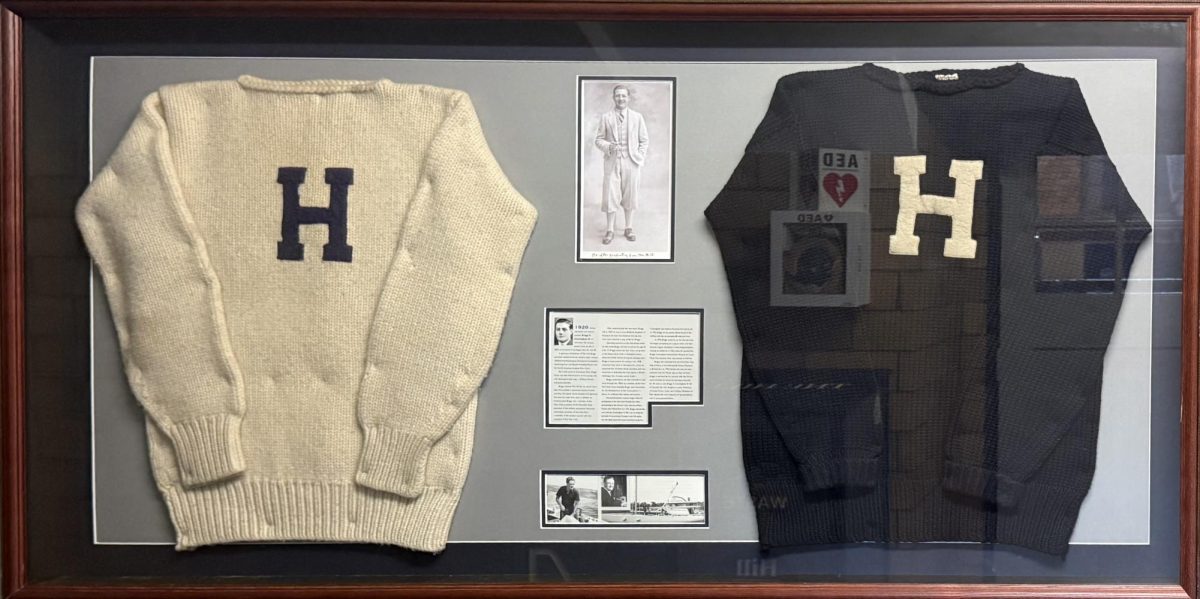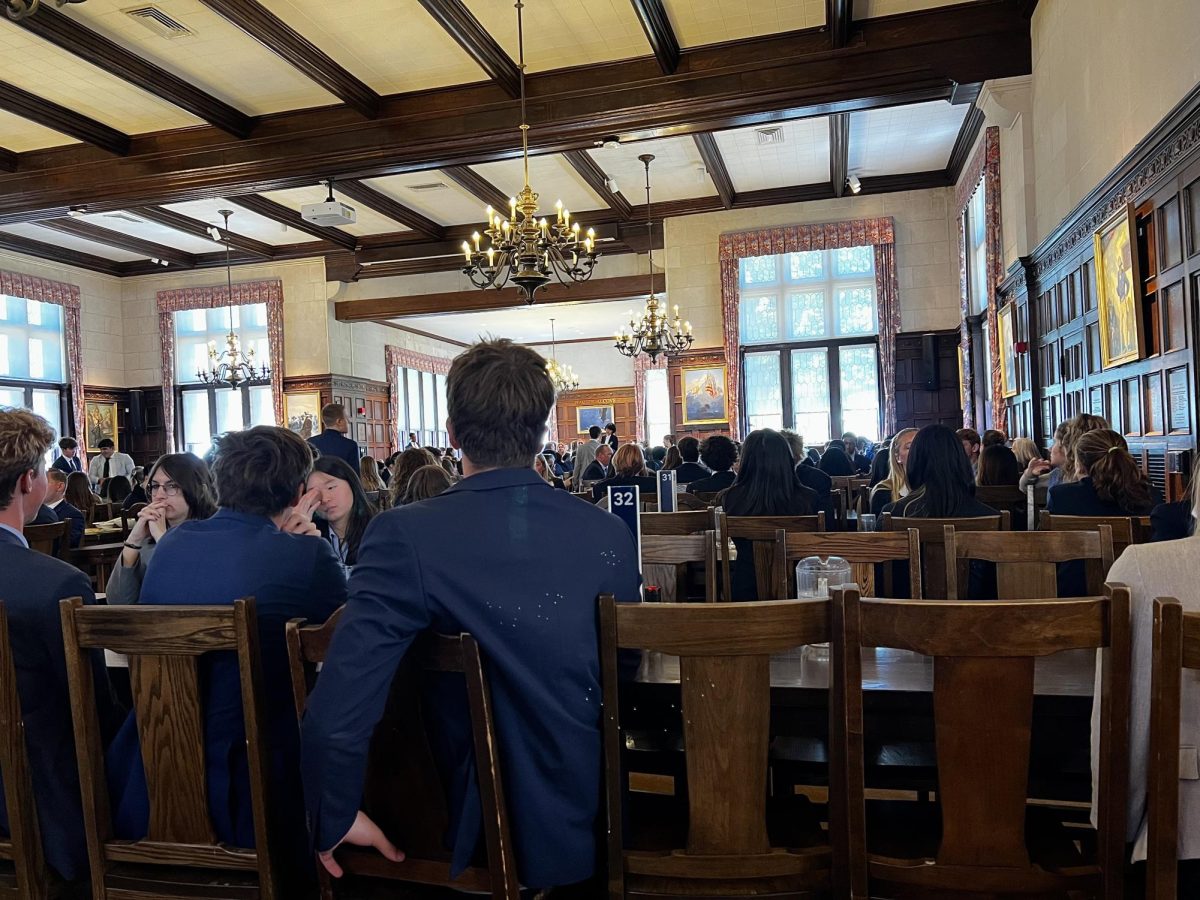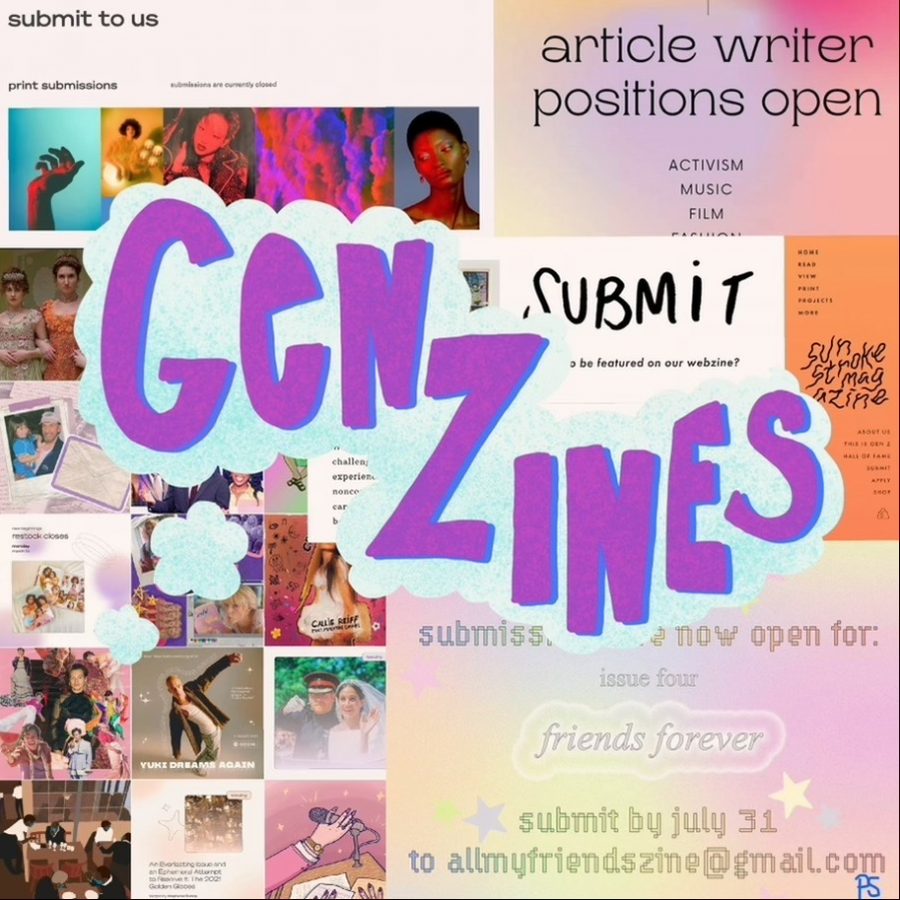Gen-zines seize the market
Upon entering your local gas station, coffee shop, or dentist’s office, you’ll almost always find yourself confronted with time to spare as you wait for your receipt or latte. To fill the time, your eyes may wander in search of entertainment or distraction, most likely landing on a display of newspapers or magazines conveniently placed nearby. Another Kendall Jenner issue of Vogue may catch your eye, or even divert your attention away from the stack after you get a glimpse of US Weekly’s iconographic vulgar headlines. Repetitive content engulfs the media selection in America and Gen-Z has found a problem with this iteration: mass media is mechanical and ever-controlled, but their generation isn’t. So, why not create a change?
To frame the scope of the battle between Gen-Z “creatives” and conglomerate magazine-media, an analysis of popular publishing company, Condé Nast, is necessary. Condé Nast, which you may have heard of from the Bon Appetit YouTube or “The Devil Wears Prada,” dominates magazine diversity. Based in New York City, it draws in pristine publishers and famous editors like Anna Wintour. A list of their popular publications includes: Global Vogue, Teen Vogue, GQ, Bon Appetit, Architectural Digest, The New Yorker, Glamour, Wired, Allure, Vanity Fair, and many, many more. Herein lies Gen-Z’s problem – towering over the industry, Condé Nast and similar publishers own, publish, profit, and facilitate the content pushed into the world under these names.
Gen-Z’s teens and young adults have become tired of consuming content facilitated and created by well-known, predominantly white, reputable artists, writers, and contributors – an injustice served across centuries. Out of the desire to reclaim content culture, “Gen-Zines” came center stage, establishing themselves with global editorial teams and contributors from all corners of the world.
Featuring bold graphics and potent opinions, these Zines are commanding their readers and contributors to be themselves and explore their passions. Attributed in both online and printed publications, representation and inclusion lies in the heart of these magazines. Submission opportunities are open to all ages and selected without considering how experienced or well-known a contributor may be. Exploring topics in global politics, the fashion industry, film, music, and so much more, these Zine communities serve as Gen-Z’s unapologetic mouthpiece. Article topics range from current events to spirituality to activism and intimacy. Advice columns and updated playlists accompany the zines’ nostalgic photo essays and boundaryless art spreads. Ever-changing and updating, these Zines are pushing forward a movement to reclaim confidence and comfortability and publicize consumer creativity.
In a time full of turbulent change and societal landslides, vocalizing the issues their audience cares about is more than important. While huge companies and public voices, like Condé Nast and other influencing bodies, remain silent on current events and pressing issues, Gen-Zines attack the issues suffocating the social and political relationships that exist in teenage society. Having this network of outspoken support immensely helps spread resources and facilitates a call to action, unlike the companies teen’s typically idolize.


























